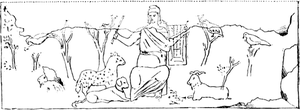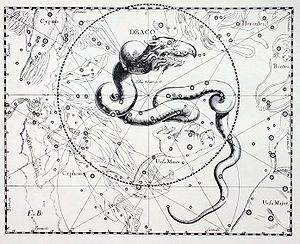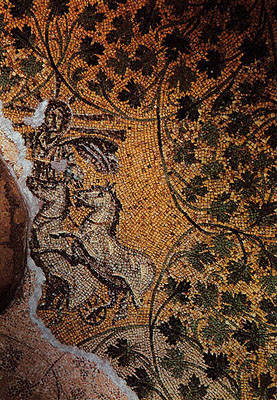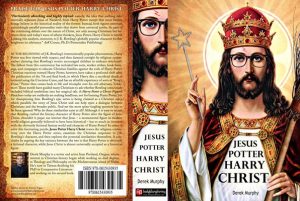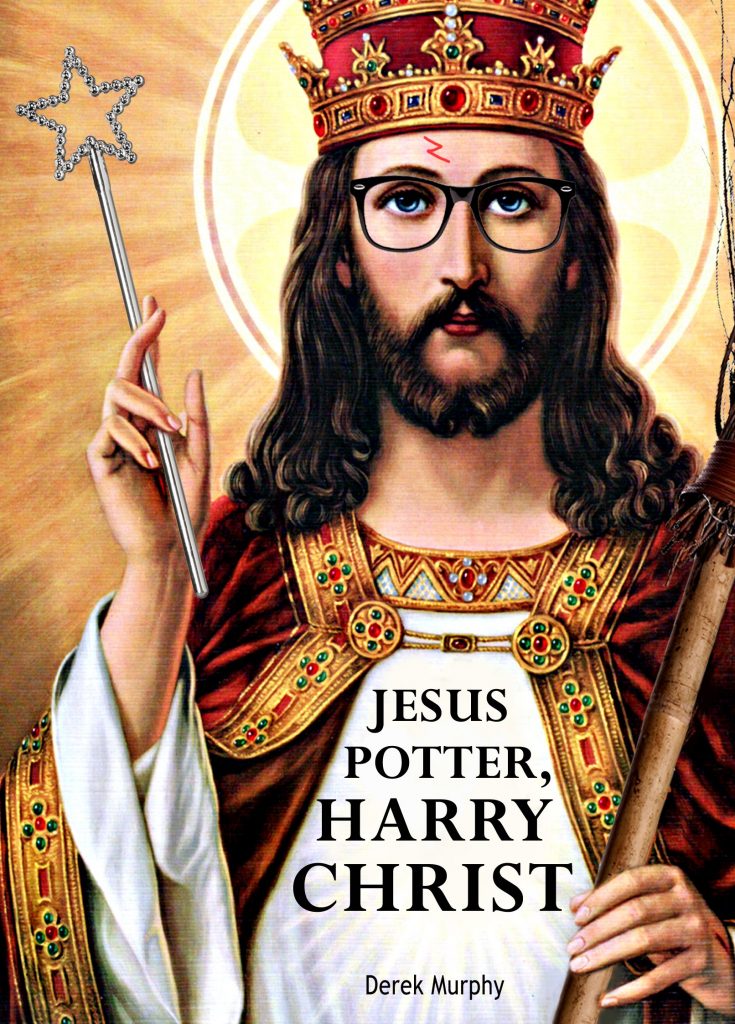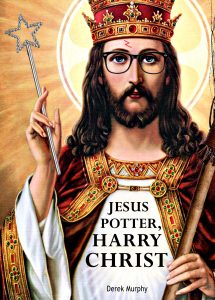 How Is Harry Potter Different Than the Bible? — that’s a recent post by Christian-believing scholar James McGrath, and as one might expect from the title by such faithful convert the post is in effect an exhortation for people to read the Bible more seriously and diligently than they do their Harry Potter novels.
How Is Harry Potter Different Than the Bible? — that’s a recent post by Christian-believing scholar James McGrath, and as one might expect from the title by such faithful convert the post is in effect an exhortation for people to read the Bible more seriously and diligently than they do their Harry Potter novels.
The majority of Harry Potter fans actually READ Harry Potter.
James McGrath continues:
In fact, they read it all the way through, paying close attention to detail, on more than one occasion.
Mmm, yeh, well . . . I happen to know many apologist jerks who can boast just that — having read the Bible right through, close attention to detail, several times.
Yes, yes, of course we all know the next line,
many Christians who claim to take the Bible seriously actually merely pay lip service to it
But isn’t there one little detail being missed here?
The Bible is NOT a single book by a single author like any Harry Potter novel. Unless one believes a supernatural mind was using human scribes to write it all in 66 chapters.
So what motivates a biblical scholar, a professional scholar, to compare the Harry Potter novels with a texts composed across centuries and cultures and compiled some time around the fourth century by a warring church council?
Odd.
One does not get the feeling that one would be able to engage in a serious non-partisan academic discussion with such a scholar.
But to see the real relationship between Harry Potter and Jesus Christ one can’t go past Derek Murphy’s analogies in Jesus Potter Harry Christ.


